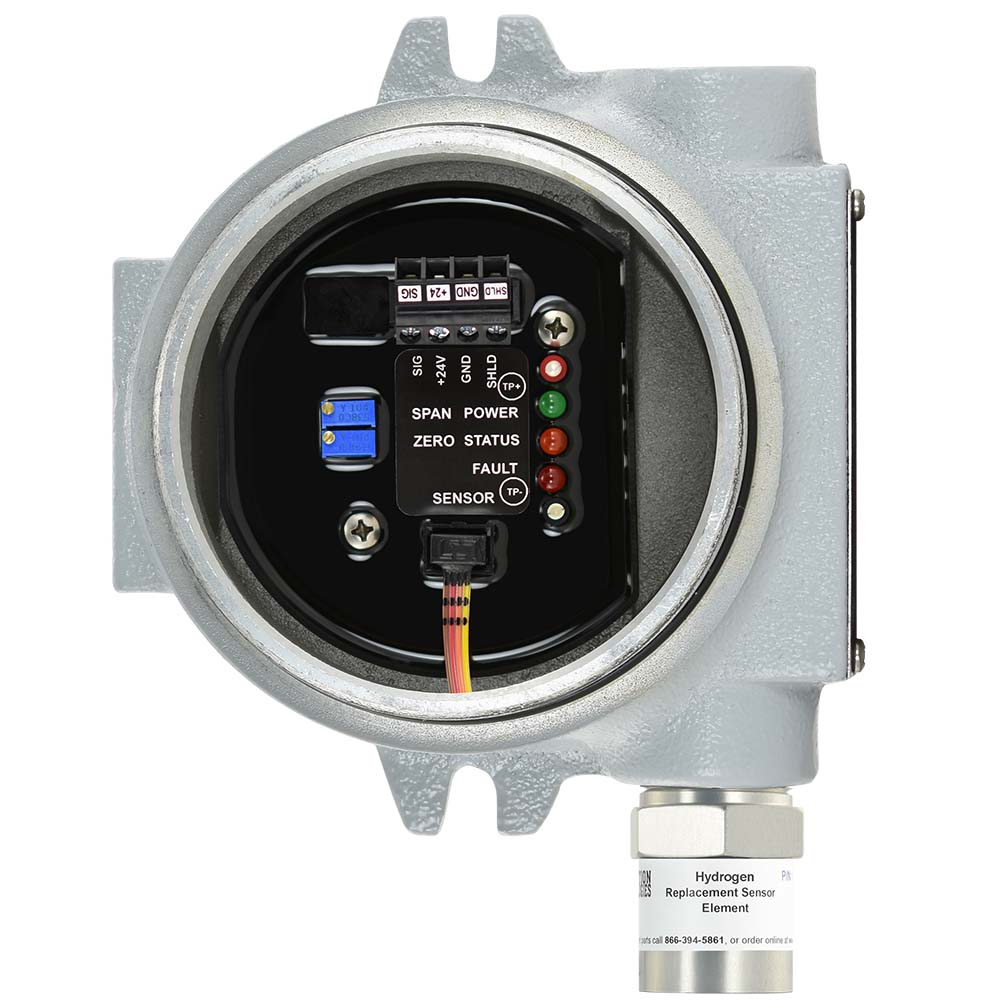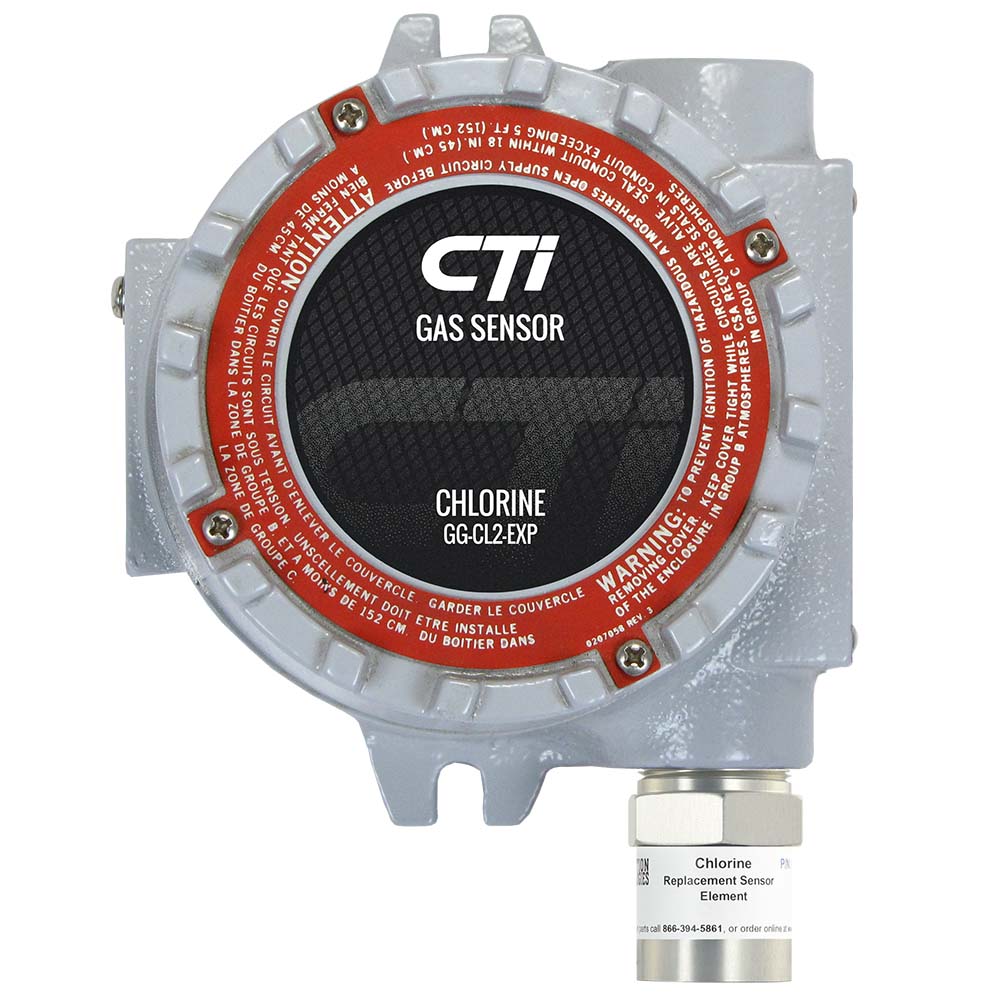Calibration technologies take center stage in this captivating exploration, providing an in-depth examination of their significance and applications across a wide range of industries. As we delve into the intricacies of calibration methods, equipment, and best practices, we uncover the fundamental role these technologies play in ensuring precision and accuracy in various fields.
From manufacturing and engineering to healthcare and scientific research, calibration technologies serve as the cornerstone of reliable measurements and optimal performance. By exploring the latest advancements and emerging trends, we gain valuable insights into the future of calibration and its transformative impact on various sectors.
Overview of Calibration Technologies
Calibration technologies play a vital role in ensuring the accuracy and reliability of measuring instruments and devices used in various industries. By comparing the readings of a device under test (DUT) to those of a known standard, calibration verifies and adjusts the DUT to meet specified performance requirements.
This process helps minimize measurement errors and ensures that instruments perform consistently over time.Different types of calibration technologies are employed depending on the specific application and measurement parameters. These technologies include:
Electrical Calibration
Electrical calibration involves the use of precision electrical standards to calibrate electrical measuring instruments, such as multimeters, oscilloscopes, and power analyzers. It ensures the accuracy of measurements related to voltage, current, resistance, and other electrical parameters.
Mechanical Calibration
Mechanical calibration focuses on the calibration of mechanical devices, such as force gauges, torque wrenches, and dimensional measuring equipment. It involves comparing the DUT’s readings to known mechanical standards, ensuring the accuracy of measurements related to force, torque, pressure, and dimensions.
Temperature Calibration
Temperature calibration is used to calibrate temperature sensors, thermometers, and other temperature-measuring devices. It involves exposing the DUT to controlled temperature environments and comparing its readings to those of a reference thermometer. This ensures the accuracy of temperature measurements in various applications, such as industrial processes, medical devices, and environmental monitoring.
Methods and Procedures for Calibration

Calibration is a critical process in various industries to ensure the accuracy and reliability of measuring instruments. Standard methods and procedures have been established to guide the calibration process, ensuring consistency and effectiveness.
Accuracy and Precision in Calibration
Accuracy refers to the closeness of a measurement to its true value, while precision indicates the consistency of repeated measurements. Both accuracy and precision are essential in calibration to ensure that the instrument provides reliable and consistent results.
Factors Affecting Accuracy
Several factors can affect the accuracy of calibration results, including:
- Environmental conditions (e.g., temperature, humidity)
- Equipment limitations
- Operator skill and training
- Calibration standards used
- Maintenance and calibration history of the instrument
Equipment and Instrumentation for Calibration: Calibration Technologies

Calibration processes heavily rely on specialized equipment and instrumentation to achieve accurate and reliable results. These tools enable technicians and engineers to measure, adjust, and verify the performance of various devices and systems. Understanding the capabilities and limitations of different calibration equipment is crucial for selecting the appropriate tools for specific calibration tasks.
Essential Equipment for Calibration
- Reference Standards:Highly accurate and traceable devices used to compare and calibrate other instruments. They serve as the baseline for determining measurement accuracy.
- Calibration Equipment:Specialized tools designed to generate, measure, or control specific physical or electrical quantities, such as voltage, current, temperature, or pressure.
- Data Acquisition Systems:Electronic devices that collect, store, and analyze data from calibration equipment. They enable automated calibration processes and provide a record of calibration results.
- Software:Calibration software provides a user-friendly interface for controlling calibration equipment, automating procedures, and generating calibration reports.
Capabilities and Limitations
The choice of calibration equipment depends on the specific calibration task and the required accuracy level. Different types of equipment have varying capabilities and limitations:
- Multifunction Calibrators:Versatile devices that can calibrate a wide range of electrical and physical parameters. However, their accuracy may be lower than dedicated single-function calibrators.
- Dedicated Calibrators:Designed for specific parameters, such as voltage, current, or temperature. They offer higher accuracy but are less versatile.
- Data Loggers:Used for long-term monitoring of physical or electrical parameters. They provide continuous data recording but may have limited accuracy compared to dedicated calibrators.
Selection Considerations
To select the appropriate calibration equipment, consider the following factors:
- Calibration Task:Determine the specific parameters and accuracy requirements of the calibration.
- Equipment Accuracy:Choose equipment with accuracy that meets or exceeds the required specifications.
- Calibration Range:Ensure the equipment covers the full range of values to be calibrated.
- Calibration Frequency:Consider the frequency of calibration and select equipment that can handle the workload.
- Cost and Availability:Evaluate the cost and availability of different equipment options.
Standards and Regulations for Calibration

Standards and regulations play a crucial role in ensuring the accuracy and reliability of calibration results. They provide a framework for establishing and maintaining consistent calibration practices across industries and applications.
Calibration standards are physical or digital representations of known values that are used to calibrate measuring and testing equipment. These standards are traceable to national or international measurement standards, ensuring their accuracy and reliability.
Types of Calibration Standards
- Physical Standards:Tangible objects with known physical properties, such as mass, volume, or length.
- Digital Standards:Electronic devices that generate or measure specific values, such as voltage, current, or frequency.
- Reference Materials:Materials with well-defined chemical or physical properties, used for calibrating analytical instruments.
Regulatory Requirements for Calibration
Regulatory requirements for calibration vary across industries and countries. Some industries, such as healthcare, aerospace, and manufacturing, have strict regulations that require regular calibration of equipment to ensure accuracy and compliance.
Regulatory bodies often specify the calibration intervals, acceptable tolerances, and documentation requirements for specific equipment. Failure to comply with these regulations can result in fines, penalties, or even legal liability.
Best Practices for Calibration
Calibration is a critical aspect of maintaining the accuracy and reliability of equipment used in various industries. Implementing effective calibration programs and adhering to best practices ensures that measurements are consistent, traceable, and meet regulatory requirements.Regular calibration and maintenance are essential to prevent measurement errors and ensure the accuracy of instruments over time.
By establishing a regular calibration schedule based on the manufacturer’s recommendations, usage patterns, and industry standards, businesses can minimize the risk of incorrect readings and ensure optimal performance.
Managing Calibration Records and Documentation
Proper management of calibration records and documentation is crucial for traceability, auditability, and compliance. These records provide evidence of the calibration process, including the date, time, personnel involved, calibration results, and any adjustments made. Maintaining accurate and up-to-date records allows for easy access to calibration information, facilitates trend analysis, and demonstrates compliance with industry regulations and standards.
Emerging Trends in Calibration Technologies
Calibration technologies are continuously evolving, driven by advancements in sensors, data processing, and connectivity. These emerging trends have the potential to revolutionize the way we calibrate and maintain instruments and equipment, offering increased accuracy, efficiency, and convenience.
Wireless Calibration
Wireless calibration technologies, such as Bluetooth and Wi-Fi, are gaining popularity due to their convenience and reduced setup time. Wireless calibration eliminates the need for physical connections between the calibration device and the instrument, allowing for remote calibration and data transfer.
Automated Calibration
Automated calibration systems use software and robotics to perform calibration tasks without human intervention. These systems can be programmed to follow specific calibration procedures, reducing the risk of errors and improving consistency. Automated calibration is particularly beneficial for high-volume calibration applications or in hazardous environments.
Cloud-Based Calibration
Cloud-based calibration platforms allow users to store, manage, and access calibration data from anywhere with an internet connection. These platforms provide centralized data storage, remote access, and real-time monitoring of calibration status. Cloud-based calibration simplifies data management, improves traceability, and facilitates collaboration among multiple users.
Predictive Calibration, Calibration technologies
Predictive calibration techniques use data analysis and machine learning algorithms to predict when an instrument or equipment will require calibration. These techniques monitor instrument performance over time and identify patterns that indicate the need for calibration. Predictive calibration helps prevent downtime and ensures that instruments are operating within acceptable accuracy ranges.
Closing Notes

In conclusion, calibration technologies stand as indispensable tools in the pursuit of accuracy, precision, and reliability across diverse industries. As technology continues to evolve, so too will the capabilities of calibration technologies, promising even greater advancements in measurement and control.
Embracing these innovations will empower businesses and organizations to operate with confidence, ensuring the highest standards of quality and efficiency in the years to come.
FAQ Summary
What is the primary purpose of calibration?
Calibration ensures that measuring instruments and equipment provide accurate and reliable readings by comparing them to known standards.
How often should calibration be performed?
The frequency of calibration depends on the specific instrument or equipment and its intended use. Regular calibration is crucial to maintain accuracy and prevent measurement errors.
What factors can affect the accuracy of calibration results?
Factors such as environmental conditions, operator skills, and the quality of calibration standards can influence the accuracy of calibration results.
What are the benefits of implementing effective calibration programs?
Effective calibration programs enhance product quality, improve safety, reduce downtime, and ensure compliance with industry standards and regulations.
What are some emerging trends in calibration technologies?
Emerging trends include automated calibration systems, wireless calibration devices, and the use of artificial intelligence (AI) for predictive maintenance and calibration optimization.
 wohnroom.biz.id BUSINESS INVENTORY
wohnroom.biz.id BUSINESS INVENTORY